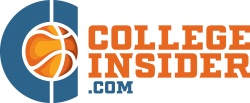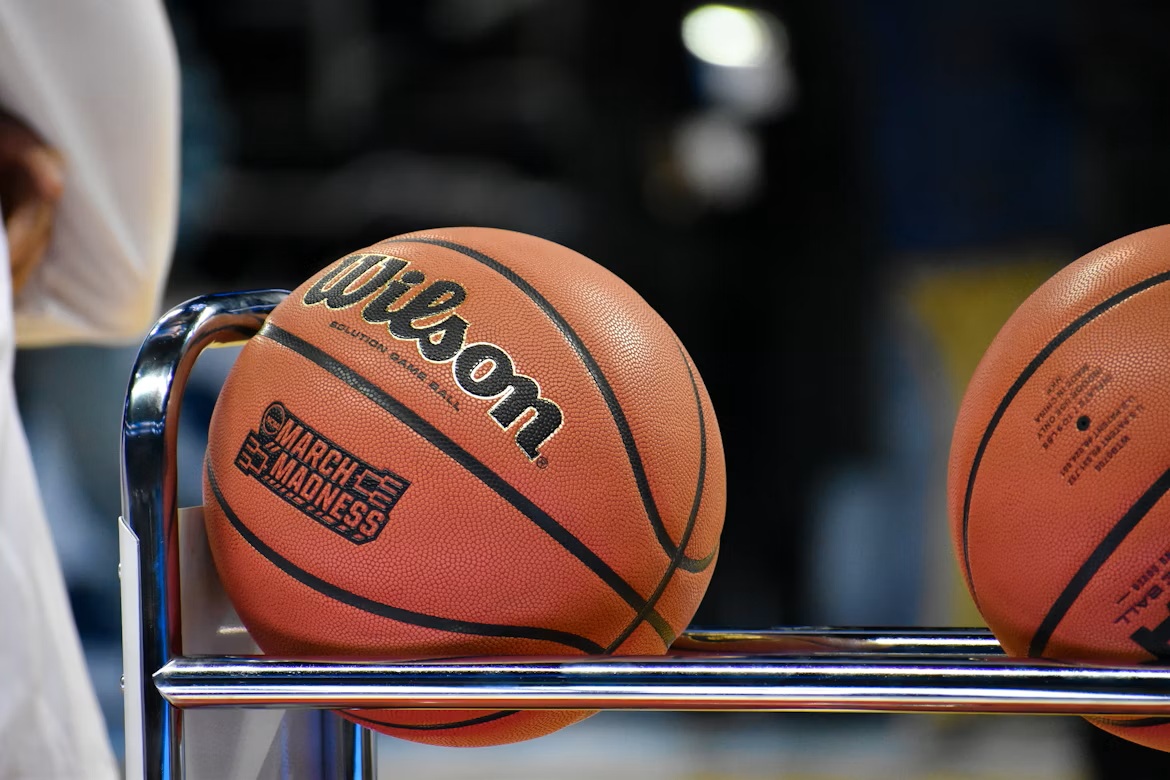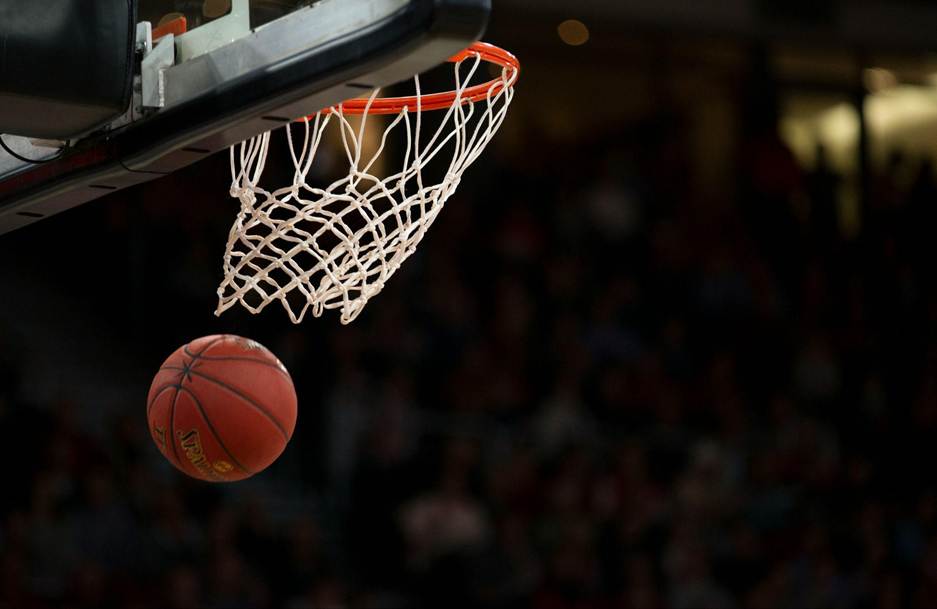How Transfer Portal Trends Are Reshaping College Basketball Teams
The transfer portal has permanently altered the fabric of college basketball. Once a tool of last resort, it now sits at the center of roster construction. By the 2024-25 season, the portal had morphed into a bustling marketplace, where athletes pursue better opportunities, larger roles, or more lucrative name, image, and likeness (NIL) deals.
As of February 3, 2025, its impact is undeniable. Veteran players now switch programs with ease, and their presence has significantly shifted team compositions, creating a new wave of competitiveness across the sport.
Major Shifts Through High-Profile Transfers
Few moves were as eye-catching as Johnell Davis’s transfer from Florida Atlantic to Arkansas. A proven scorer and seasoned leader, Davis instantly became a cornerstone for the Razorbacks. His scoring prowess, coupled with his leadership, has driven Arkansas’s strong campaign. Davis’s presence redefined the team’s identity, turning them into a serious threat and earning him a spot on FanDuel’s NCAAB player watch.
Another headline transfer was Coleman Hawkins leaving Illinois for Kansas State. Standing at 6'9", Hawkins has been a revelation for the Wildcats. His versatile skill set, stretching the floor, defending multiple positions, and facilitating offense, has provided Kansas State with a much-needed frontcourt boost. Hawkins’s addition turned the Wildcats into one of the toughest teams in their conference.
The Indiana Hoosiers took a more comprehensive approach, assembling the nation’s top transfer class. They successfully integrated Myles Rice from Washington State, Oumar Ballo from Arizona, and Kanaan Carlyle from Stanford. Each player brought a unique element to the Hoosiers, from Rice’s backcourt scoring to Ballo’s inside dominance. Together, they’ve transformed Indiana into a squad with serious postseason ambitions.
Evolving Team Strategies and Competitive Balance
Programs that harnessed the transfer portal wisely reaped immediate rewards. Kentucky, under the guidance of new head coach Mark Pope, exceeded preseason expectations despite being pieced together largely through transfers. Injuries tested their depth, but key pickups such as Otega Oweh and Lamont Butler kept them afloat. Both players, known for their defensive intensity and versatility, adapted quickly, helping Kentucky surpass early-season projections.
In contrast, some programs paid the price for conservative portal activity. Rutgers entered the season with optimism but found itself mired in mediocrity, holding a 10-10 record. Analysts pointed to the Scarlet Knights’ reluctance to embrace the portal, leaving them lacking the veteran experience many of their competitors enjoyed. Their struggles highlight the risks of ignoring the evolving transfer landscape.
The House Settlement’s Ripple Effect
Beyond individual cases, larger forces are reshaping the market. The pending House settlement has effectively expanded roster limits, allowing schools to scholarship up to 15 players. Yet, few programs can afford to fund all spots competitively. With NIL budgets stretched thin, most are prioritizing top-tier talent. Programs are now strategizing carefully, funneling the bulk of resources into starters and leaving the remaining roster spots for budget-friendly options.
Some schools now openly favor a “quality over quantity” approach. One high-major staff reportedly allocated 75% of its budget to the starting five. This strategy minimizes overspending on bench players, instead opting for value signings for depth roles, often referred to as “minimum contracts” in coaching circles. These depth players, typically young or from junior colleges, rarely command more than $100,000 annually, but can prove pivotal if injuries strike.
Late-Market Dynamics and Global Reach
As the portal window’s closing date of April 22 nears, the market has thinned dramatically. According to transfer rankings from EvanMiya.com, only 19 of the top 100 players remained uncommitted by mid-April.
Some are still evaluating NBA Draft opportunities, using NIL leverage to negotiate guaranteed professional deals. Others are waiting patiently to maximize offers from desperate programs needing to fill holes.
This shrinking talent pool has shifted attention overseas. European prospects are now entering college basketball at an increasing rate, especially in positions lacking depth, such as point guard and center.
Programs are recruiting both rising stars seeking an NBA springboard and seasoned pros hunting larger paydays than European leagues can offer. These international additions, like BYU’s Egor Demin last season, are expected to make immediate impacts.
Noteworthy Recent Commitments
Recent weeks have featured several eye-catching commitments. Indiana secured Lamar Wilkerson (a sharpshooter who turned down Kentucky) from Sam Houston State. Wilkerson’s arrival is a major milestone for new coach Darian DeVries, who also added Davidson wing Reed Bailey. These additions offer critical scoring for the Hoosiers.
North Carolina made waves by bringing in Jarin Stevenson, an Alabama transfer with untapped potential. Alongside Arizona transfer Henri Veesaar and Colorado State guard Kyan Evans, Stevenson is central to UNC’s retooling effort. Evans, in particular, is expected to play a crucial role as a combo guard with shot-making ability.
Iowa landed Brendan Hausen, a lethal three-point shooter from Kansas State. He is a perfect fit in Iowa’s perimeter-oriented offense, complementing point guard Bennett Stirtz. Meanwhile, SMU added Jaron Pierre Jr., a talented but somewhat polarizing offensive player expected to elevate the Mustangs’ tournament hopes.
Texas Tech continues to impress under Grant McCasland. Retaining stars JT Toppin and Christian Anderson, the Red Raiders supplemented with Washington State’s LeJuan Watts and sharpshooters Tyeree Bryan and Donovan Atwell. Their roster now balances experience and floor spacing.
In the mid-major ranks, the Atlantic 10 is surging. Saint Louis added six portal players, including Trey Green at point guard and Brady Dunlap on the wing. Dayton and VCU also secured big names, bolstering the conference’s overall strength.
Betting Markets and Fan Enthusiasm Skyrocket
The portal’s unpredictable nature has electrified betting markets. Teams making high-impact portal moves often experience rapid shifts in odds. Arkansas, thanks to Johnell Davis, saw its odds improve dramatically. Fans are increasingly savvy, monitoring transfer news closely. This awareness spills over into matchup analysis, where understanding roster changes has become essential.
Many fans now study how portal additions could swing game outcomes. For instance, exploring NCAAB matchups and odds by FanDuel reveals nuanced opportunities for bettors tracking portal movements.
A Fast-Changing Future Awaits
The transfer portal is now more than just a pathway for players; it’s a fundamental part of college basketball’s ecosystem.
Coaches must master the art of balancing roster chemistry with immediate impact, navigating complex NIL budgets, and adjusting strategies on the fly. As more programs embrace this reality, the sport grows ever more competitive and unpredictable. The teams that adapt fastest will shape the next chapter of college basketball.
Disclaimer: All stats, rosters, and other information reflect the latest available at the time of writing. Refer to official league sources and sportsbooks for current updates.




 Picture Credit
Picture Credit